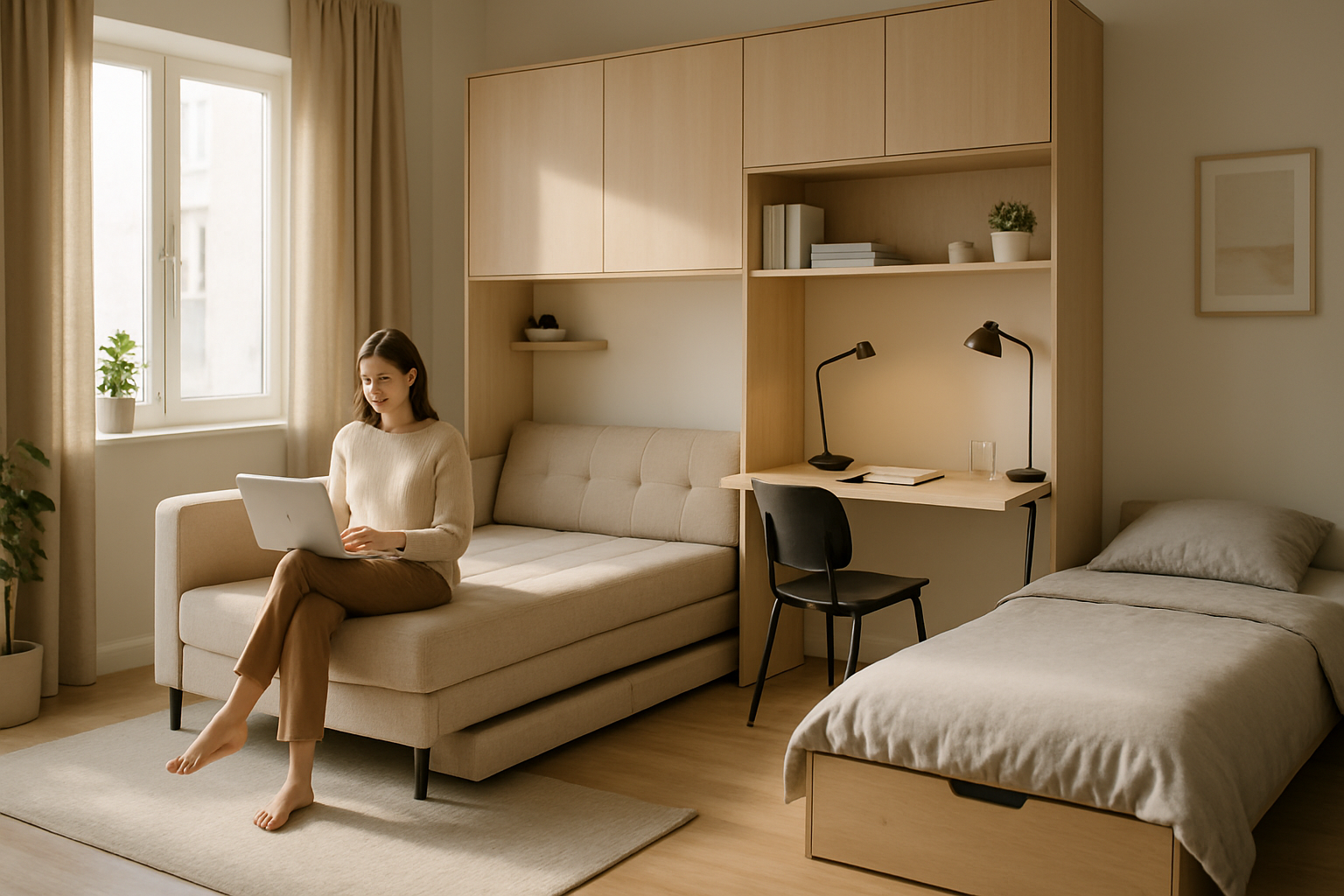Room Divider Ideas for Small Apartments and Home Offices
Room dividers are practical tools for shaping light, defining zones, and adding personality to a living space. Whether you live in a compact apartment or need to carve out a dedicated corner for work, a well-chosen room divider can balance privacy and openness while supporting the overall interior design. This article outlines uses, practical choices for tight footprints, apartment-friendly options, home office setups, and material considerations to help you plan a functional divider that fits your space and lifestyle.

How can a room divider affect interior design?
A room divider is more than a partition; it becomes an element of interior design that influences scale, flow, and the perceived size of a room. Transparent or translucent dividers, like glass or acrylic panels, preserve sightlines and daylight while defining separate areas. Opaque options create a stronger visual boundary and can introduce color, pattern, or texture. Consider alignment with existing furniture, ceiling height, and traffic patterns: a low shelf-based divider keeps a living area airy, while a tall folding screen can provide immediate privacy without permanent construction.
What room divider suits a small space?
In a small space, prioritize solutions that maximize light and storage while minimizing visual clutter. Open shelving units or bookcases work double duty as storage and separation without closing off a room. Sliding panels on tracks are space-efficient because they don’t swing into walkways. Curtains on a ceiling-mounted rod are flexible, inexpensive, and retractable when you need a sense of openness. For the tightest footprints, lightweight folding screens or tension-rod partitions can create a temporary boundary that’s easy to move and store.
Which room divider is practical for an apartment?
Apartment living often requires non-permanent, landlord-friendly options. Freestanding dividers—such as room screens, bookcase units, and panel systems—avoid drilling or structural changes. Tension-mounted solutions, like ceiling-to-floor poles for curtains or shelves, can be installed without permanent hardware in many cases. When choosing materials, pick finishes that won’t damage walls and consider mobility: wheels or modular components let you reconfigure the layout if needs change. Keep building rules and fire egress in mind; dividers should not obstruct exits or block airflow in a way that contravenes regulations.
How to use a room divider for a home office?
A room divider can create a focused home office zone within a shared room, improving concentration and signaling a work boundary for household members. Position a divider to reduce visual distractions and provide a backdrop for video calls—textured panels or a shelving unit with curated items can look professional on camera. Integrate acoustic materials, such as fabric-covered panels or bookcases filled with books and soft items, to dampen noise. Include cable passages and consider lighting: a divider with built-in shelving can house a lamp and help keep the workspace organized without sprawling into living areas.
What materials and installation options exist for room dividers?
Materials range from textiles and wood to glass, metal, and synthetic composites, each offering different trade-offs in weight, translucency, and acoustics. Fabric curtains and tension rods are cost-effective and adjustable. Wooden screens and shelving provide warmth and storage but are heavier. Metal or glass sliding panels yield a sleek, modern look and can be mounted on ceiling or wall tracks for a semi-permanent solution. Modular systems allow you to combine panels, doors, and shelves. For rentals, prioritize noninvasive installations—freestanding units, tension-mounted rods, or adhesive-friendly hardware—so you can revert the space without causing damage.
Conclusion
Choosing a room divider involves balancing function, style, and the constraints of your space. Consider how much privacy, light, and storage you need, and match materials and installation methods to whether the setting is a short-term rental or a longer-term home. Thoughtful placement and the right type of divider can improve interior design, define a home office, and make a small apartment feel more organized and versatile without major renovation.






